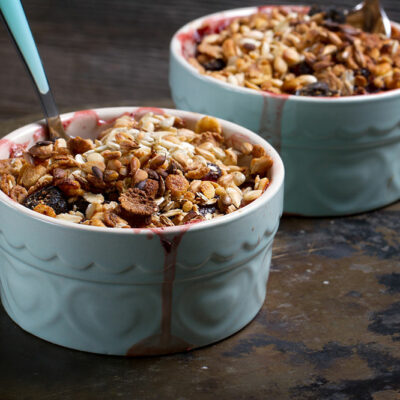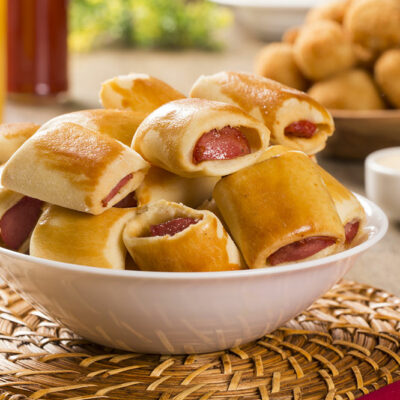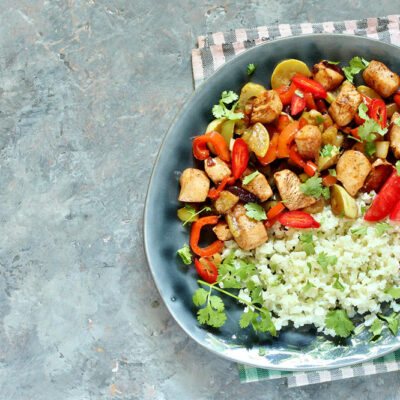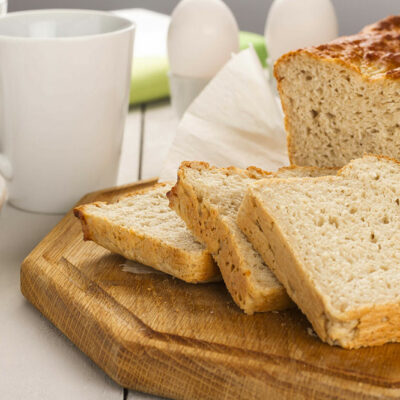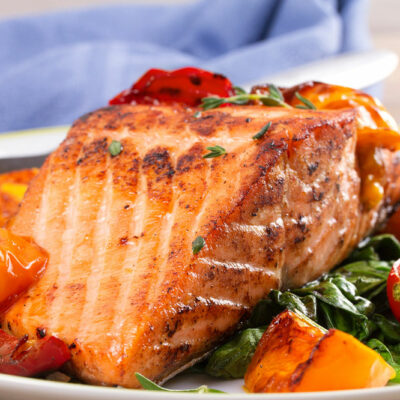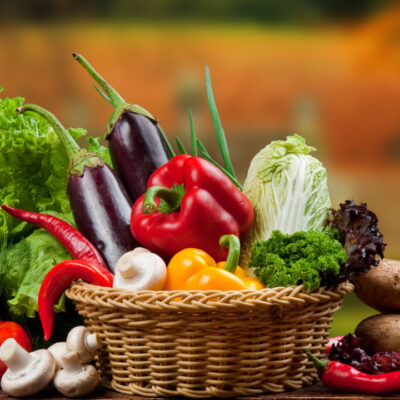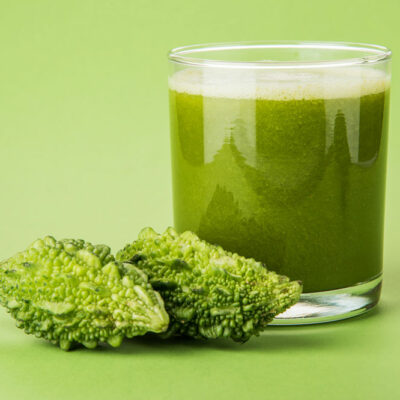
Lifestyle
5 Foods to Avoid with Schizophrenia
Schizophrenia is an extreme mental illness that leads to mood swings, depression, hallucinations, and delusions. About 1.2% of the American population is diagnosed with this condition. Schizophrenia patients are required to take medications and psychotherapy, and their diet and lifestyle also play critical roles in the management of this mental health condition. Here are a few foods that are not good for schizophrenics: Foods rich in saturated fats People with schizophrenia are more prone to developing metabolic abnormalities, and these health conditions can further worsen the mental health issue. One of the main categories of foods that are not good for schizophrenics is foods with high saturated fat content. Saturated fat is unhealthy fat and is commonly present in restaurant foods, takeaways, and packaged and frozen meals. Foods with these unhealthy fats can increase the risk of developing metabolic abnormalities and damage brain cells. Foods with gluten Gluten, found in several grains, is a type of protein that millions in the country are allergic to. When one keeps consuming gluten even as their body struggles to tolerate it, it can trigger a variety of mental health issues, including schizophrenia. People diagnosed with schizophrenia should cut down on the consumption of foods with gluten.
Read More 